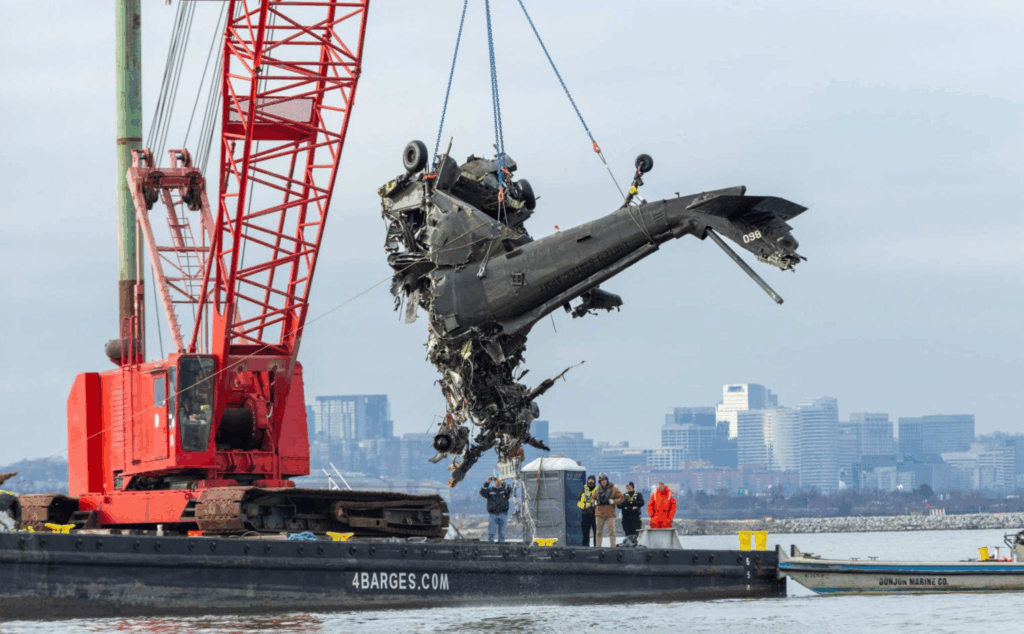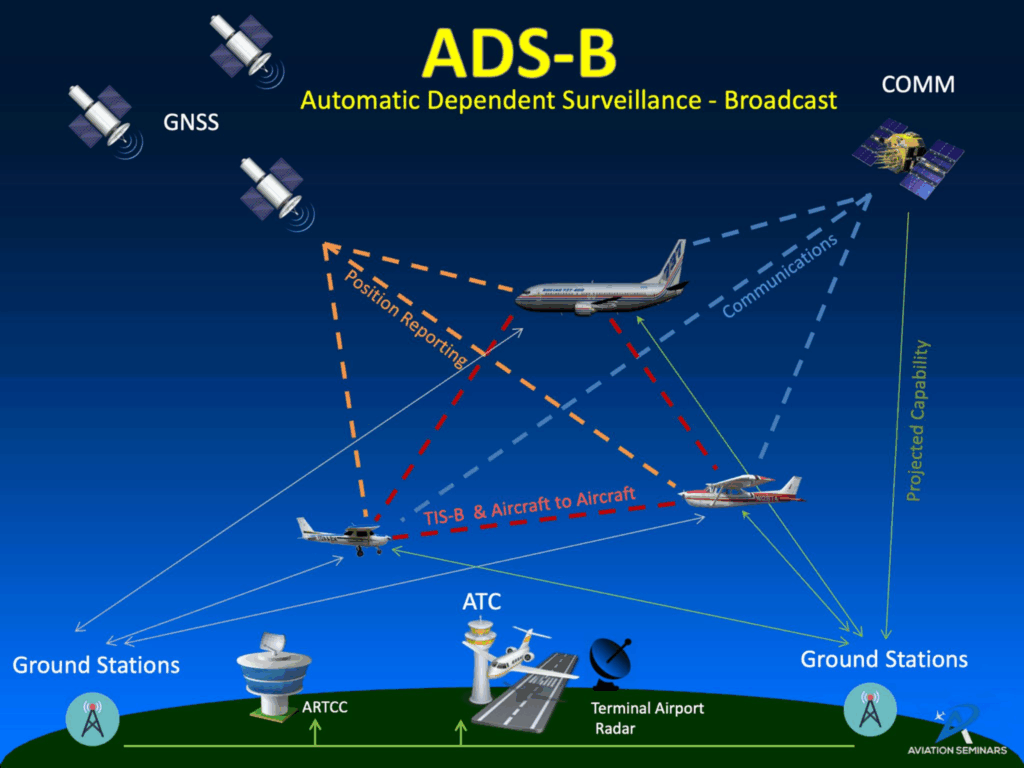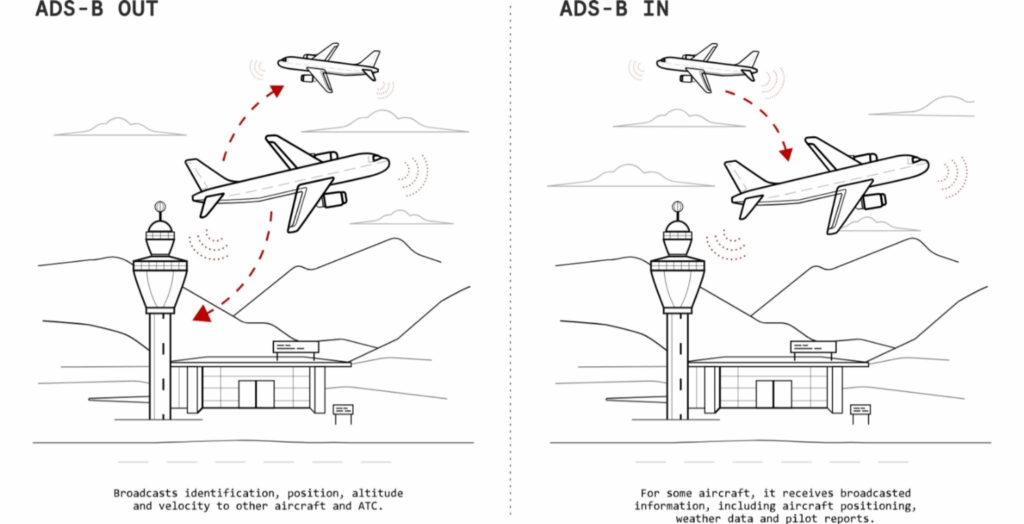Military commanders often order helicopter pilots to turn off a safety system to avoid revealing their location. But in a crowded airspace like Washington, D.C., and at night, this is suicidal, and the result was a Black Hawk helicopter that crashed into an American Airlines plane, killing 67 people on January 29. It was an entirely avoidable tragedy.

A Navy pilot told the Telegraph, and officials have confirmed that the Black Hawk helicopter is equipped with tracking technology that allows it to share its location data with air traffic controllers (ATC) more accurately. The technology is called Automatic Dependent Surveillance-Broadcast, or ADS-B, and it allows ATC to track an aircraft’s location in near real time, rather than relying on the SSR radar system, which has a lag of several seconds.
ADS-B System.jpg
With ADS-B, aircraft determine their position through satellites or sensors. Position data and related data will be transmitted periodically by the aircraft. Air traffic control stations can receive data from ADS-B using signal receivers on the ground or via satellite. In addition, ADS-B data can also be transmitted from point to point between ADS-B-equipped aircraft flying in close proximity. The ADS-B system operates automatically, does not require pilot intervention and operates independently because the transmitted data is taken from the aircraft’s own navigation system.

ADS-B is an important part of the aviation surveillance technologies approved by the International Civil Aviation Organization (ICAO) and is gradually being deployed in the airspace of many countries.
For military aircraft, the US military allows ADS-B to be turned off when the aircraft is performing sensitive missions related to defense, homeland security, intelligence and law enforcement. However, there are allegations that some military commanders are distrustful of the technology and have applied the rule (allowing ADS-B to be turned off) indiscriminately, with virtually all military flights requiring GPS software to be turned off.
This practice needs to change, and in a meeting last month with the Federal Aviation Administration (FAA) and the National Transportation Safety Board (NTSB), Senator Ted Cruz said: “This was clearly a training flight, so there is no security reason to require ADS-B to be turned off.” At the same time, Representative Tom Barrett of Michigan said he is drafting legislation to require all military aircraft to be equipped with ADS-B.

ADS-B and the story of using the technology in the military
The pilot who revealed the information to the Telegraph (let’s call him “Pilot X”) said he started to advocate for people to use ADS-B after a near-collision incident that he and his colleagues had faced. He recounted that while flying, he suddenly spotted another helicopter, the two aircraft were so close together that he could see the pilot’s face on the other plane and thought everyone would die, but luckily no one died. After landing, he asked the pilot of the other helicopter why he didn’t turn on ADS-B, and the pilot replied: “I didn’t even know we had that system.”